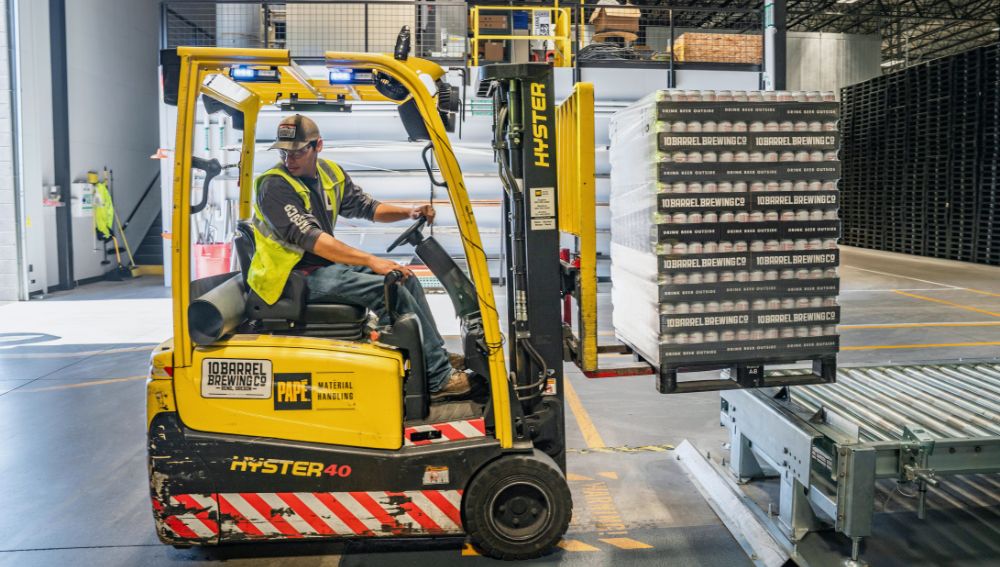Smarter ROI decisions for small manufacturers who can’t afford to waste a single dollar.
In a tight-margin business like manufacturing, every decision matters—especially when it comes to big-ticket upgrades. But too often, small manufacturers throw money at new tech, shiny automation, or trendy software with no clear plan to track results.
The result? Cost overruns, slow adoption, and disappointment.
If your business is serious about financial strategy—and especially if you’re tight on cash—it’s time to take a more disciplined approach to capital investments. Here’s how to evaluate ROI in a way that’s data-driven, strategic, and aligned with your growth goals.
Why Good Upgrades Still Go Bad
Even smart investments can go wrong if the basics get overlooked. Common pitfalls include:
- Chasing “cool” over useful: Not every buzzword belongs on your shop floor. If it doesn’t solve a defined problem, it’s a distraction.
- Ignoring hidden costs: Installation, training, lost production time, maintenance—if it’s not in your spreadsheet, your ROI calculation is wrong.
- No baseline benchmarks: If you can’t measure success, how will you know if the upgrade worked?
What to Include in Your ROI Analysis (Beyond Just Price)
Here’s what to account for if you want to make a truly informed investment decision:
Direct Cost Savings
- Lower labor costs from automation
- Less downtime from more reliable equipment
- Reduced waste and scrap
- Increased output with the same resources
Indirect Benefits
- Higher product quality → fewer returns → better margins
- Faster lead times → stronger customer retention
- Safer working conditions → lower insurance premiums
Opportunity Costs
Staying still is also a risk. If your competitors modernize while you wait, you could lose market share you’ll never get back.
Timeframe
Not every upgrade pays off in 30 days. Some may take 6–18 months. Set realistic expectations, especially during the learning curve.
A 4-Step Framework to Make Smarter Investment Calls
Step 1: Pinpoint What Actually Needs to Improve
Don’t start with “we need new tech.” Start with:
- “This bottleneck is costing us 8 hours/week.”
- “We’re losing customers over lead time.”
Get specific.
Step 2: Collect Baseline Data
What’s your current scrap rate? How often is that old machine breaking down? What’s the cost per hour of downtime? Know your numbers before you try to change them.
Step 3: Project Gains Conservatively
Use vendor data if needed, but tailor it to your reality. Talk to peers who’ve used the same system. Be realistic—not optimistic.
Step 4: Run the Numbers
Use this formula:
ROI = (Gain – Cost) / Cost
Remember to include:
- Setup
- Training
- Integration hiccups
- Ongoing support or licensing fees
Strategic Questions to Ask Before You Sign That PO
- Does this upgrade support our financial goals?
If your objective is profitable growth, will this help you scale faster, reduce cost per unit, or open up new capacity? - Is it compatible with our current systems?
A great tool that doesn’t integrate is a future headache. - Will the vendor support long-term success?
Avoid companies that disappear after installation. Solid support = long-term ROI.
Research from Harvard Business School and Finario shows that persistent gaps in core management practices—like unclear targets, poor feedback loops, and inconsistent execution—are strongly linked to long-term performance differences. Companies with disciplined execution saw significantly better profitability, growth, and capital efficiency than those without. For small manufacturers, this reinforces the need to align capital investments with strong planning habits—not just good intentions.
ROI Isn’t Just About Cost—It’s About Clarity
You don’t need to get every investment perfect. But you do need a repeatable, data-informed process that helps you avoid financial waste and build confidence in your decisions.
Upgrading equipment should be a thoughtful business decision—not a leap of faith.
So before you hit “purchase,” ask yourself:
Are we solving the right problem—and do we know what success will look like?
Learn more at blueoakconsulting.net






